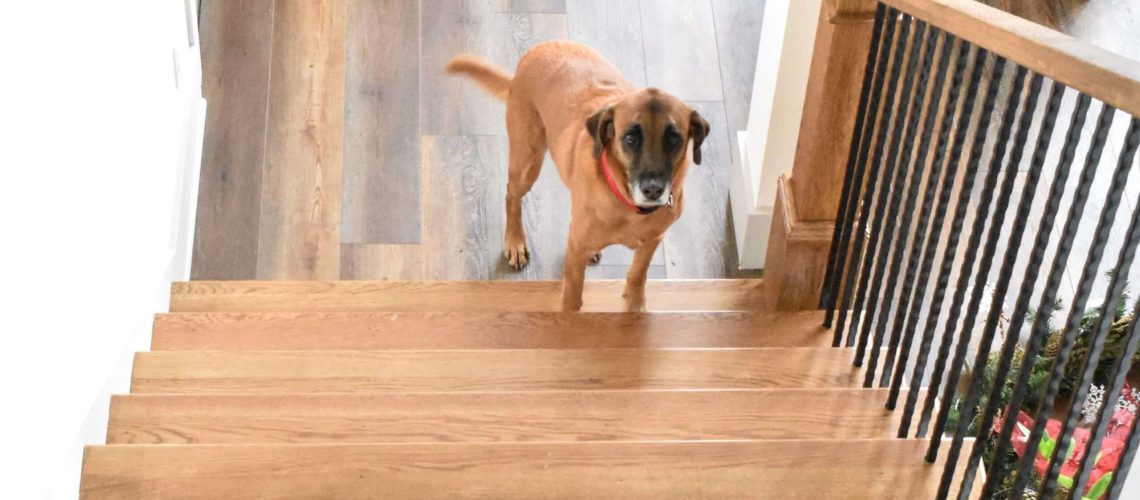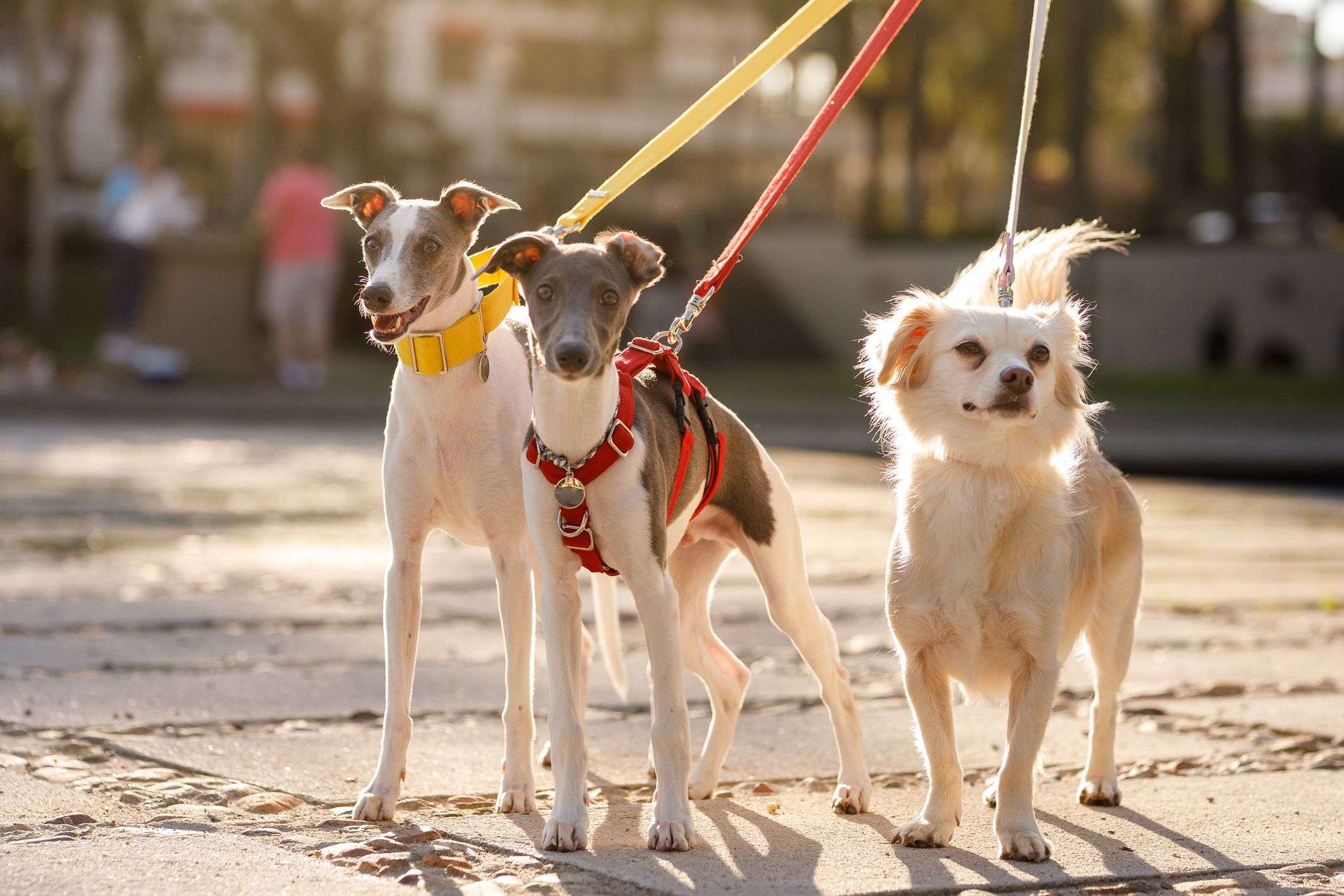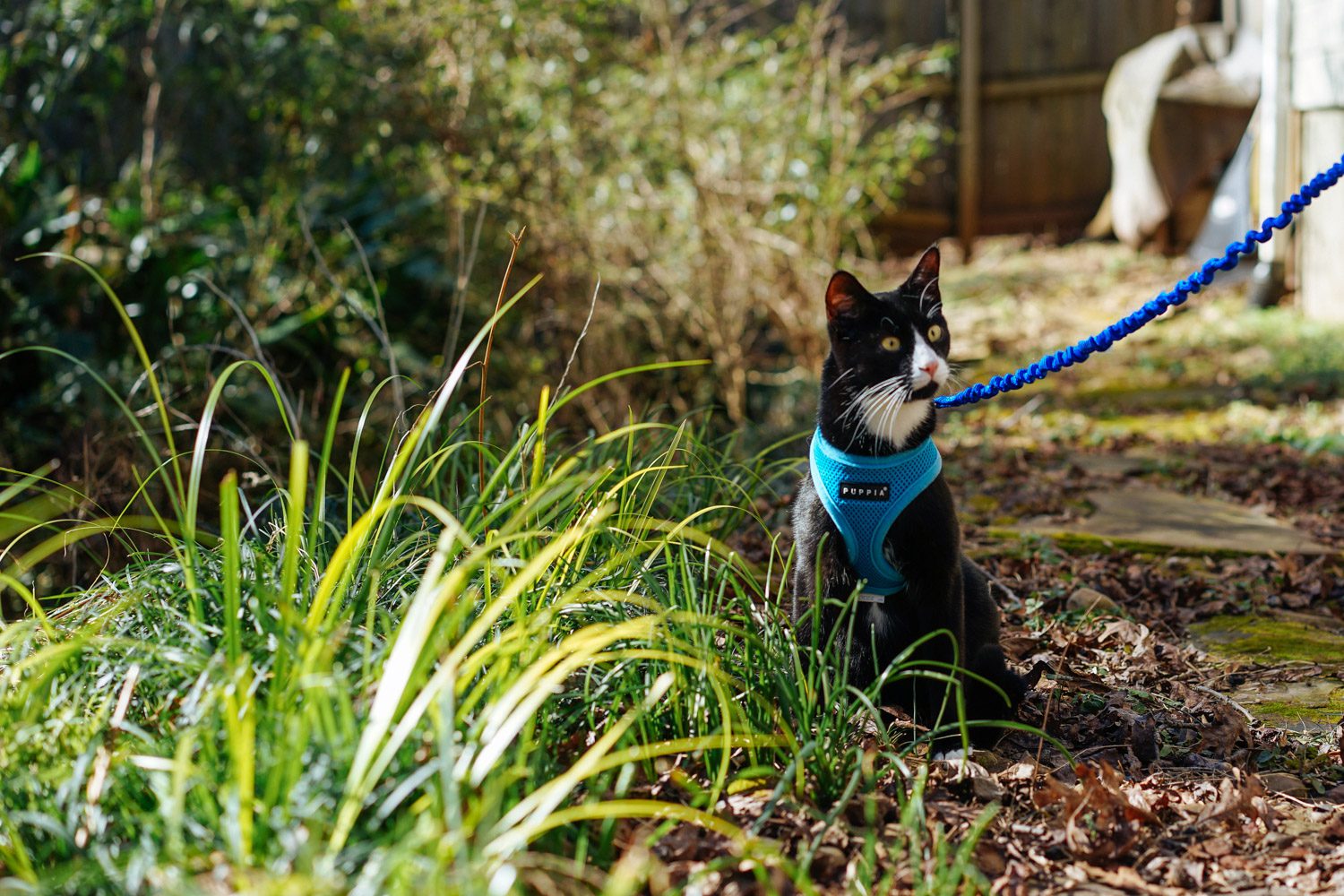Key Takeaways:
- Start by introducing your dog to the stairs gradually, using positive reinforcement and treats to create a positive association.
- Take it slow and be patient with your dog, allowing them to progress at their own pace when it comes to conquering their fear of stairs.
- Consider using a leash or harness for added security and control while helping your dog navigate the stairs.
- Provide plenty of encouragement and praise when your dog successfully navigates the stairs, reinforcing their confidence and bravery.
- If your dog's fear of stairs persists or worsens, consult with a professional trainer or behaviorist for additional guidance and support.
Do you have a furry friend who gets anxious or scared when faced with a flight of stairs? If so, you're not alone. Many dog owners face the challenge of helping their beloved pets overcome their fear of stairs. But don't worry, because understanding this topic is essential for ensuring your dog's overall well-being and happiness. By delving into this subject, you'll discover practical strategies and techniques to help your dog conquer their fear and navigate stairs confidently. Whether it's due to a past traumatic experience or simply unfamiliarity, there are proven methods that can make a world of difference for your four-legged companion. So let's embark on this journey together and empower your dog to conquer those stairs with ease!
Why are some dogs afraid of stairs?
Some dogs may develop a fear of stairs due to a variety of reasons. One common reason is a lack of exposure and socialization during their early development stages. If a puppy does not have the opportunity to interact with stairs and learn how to navigate them, they may become fearful when encountering them later in life.
Another possible cause is a negative experience or trauma involving stairs. For example, if a dog slips or falls down the stairs, they may associate that experience with fear and become hesitant to use stairs again.
Lack of visual depth perception
Dogs have different visual abilities compared to humans. They rely more on their sense of smell and hearing rather than sight. When it comes to stairs, some dogs may struggle with depth perception because they perceive the steps differently than we do. This can make them feel unsure and anxious about navigating the stairs.
Anxiety and general fearfulness
Just like humans, dogs can experience anxiety and fear in various situations. Some dogs may be naturally more anxious or fearful, which can contribute to their fear of stairs. They may feel overwhelmed by the unfamiliarity or height of the steps, causing them to avoid using them altogether.
Signs that show a dog is scared of stairs
Dogs communicate their emotions through body language and behavior. Here are some signs that indicate a dog is scared or anxious about using stairs:
- Trembling or shaking
- Panting excessively
- Refusing to approach or go near the stairs
- Cowering or trying to hide when near the stairs
- Vocalizing distress (whining, whimpering, or barking)
- Attempting to jump over the stairs or find an alternative route
- Reluctance to descend or ascend the stairs
If you notice any of these signs in your dog when it comes to stairs, it's important to address their fear and help them overcome it.
How to help your dog overcome fear of stairs
If your dog is afraid of stairs, there are several steps you can take to help them overcome their fear:
- Stay calm and patient: Dogs can pick up on our emotions, so it's essential to remain calm and avoid adding additional stress.
- Positive reinforcement: Use treats, praise, and rewards to encourage your dog's progress and create positive associations with the stairs.
- Desensitization: Gradually expose your dog to the stairs in a controlled and positive way. Start with small steps and gradually increase difficulty as they become more comfortable.
- Professional guidance: If your dog's fear is severe or not improving with your efforts, consider seeking help from a professional dog trainer or behaviorist who specializes in anxiety-related issues.
Remember that each dog is unique, and it may take time for them to overcome their fear. Be patient and supportive throughout the process.
Training techniques for dogs with stairs anxiety
There are several training techniques that can be effective in helping dogs with stairs anxiety:
Luring with treats
You can use treats as a lure to encourage your dog to approach and navigate the stairs. Start by placing treats near the bottom step and gradually move them up as your dog becomes more comfortable. This technique helps create positive associations with the stairs.
Clicker training
Clicker training involves using a clicker to mark desired behaviors and then rewarding the dog. Start by clicking and treating your dog for any interaction with the stairs, such as sniffing or touching them. Gradually increase the criteria, only rewarding when they take steps on the stairs or go up/down a few steps.
Counter-conditioning
Counter-conditioning aims to change your dog's emotional response to stairs by pairing them with something positive. For example, you can give your dog their favorite toy or engage in playtime near the stairs to help them associate it with enjoyable experiences.
Gradual steps to introduce a fearful dog to stairs
To introduce a fearful dog to stairs gradually, follow these steps:
- Start by placing treats or toys near the bottom step to create positive associations.
- Encourage your dog to approach and investigate the treats without forcing them.
- Reward any interaction with the treats or even just sniffing around the area.
- Slowly move the treats higher up on the stairs as your dog becomes more comfortable.
- If your dog is willing, encourage them to place one paw on the first step while still receiving rewards.
- Continue this process, gradually increasing their exposure and rewarding their progress until they can confidently navigate all steps of the staircase.
Remember to be patient and never force your dog into situations that cause extreme fear or stress. It's essential to go at their own pace and provide plenty of positive reinforcement along the way.
Mistakes to avoid when helping your dog with stairs fear
When helping your dog overcome their fear of stairs, it's important to avoid the following mistakes:
- Forcing your dog: Never force or drag your dog up or down the stairs. This can worsen their fear and create a negative association with the stairs.
- Punishment: Avoid punishing or scolding your dog for their fear of stairs. Punishment can increase anxiety and hinder their progress.
- Rushing the process: Each dog progresses at their own pace, so rushing them can be counterproductive. Allow them time to build confidence gradually.
- Neglecting positive reinforcement: Positive reinforcement is crucial in helping your dog overcome their fear. Neglecting to reward and praise their progress may slow down their improvement.
By avoiding these mistakes, you can create a supportive environment that encourages your dog to conquer their fear of stairs more effectively.
How long does it take for a dog to conquer fear of stairs with training?
The time it takes for a dog to conquer their fear of stairs varies depending on several factors, including the severity of the fear and the individual dog's temperament. Some dogs may show improvement within a few weeks of consistent training and positive reinforcement, while others may take several months.
It's important to remember that each dog is unique, and progress may not always be linear. Some days may show more significant advancements while others may have setbacks. Patience, consistency, and understanding are key when helping your dog overcome their fear of stairs.
If you find that your efforts are not yielding significant progress or if your dog's fear seems overwhelming, it may be beneficial to seek guidance from a professional trainer or behaviorist who specializes in anxiety-related issues. They can provide personalized advice and support to help your dog overcome their fear more effectively.
In conclusion, helping your dog overcome their fear of stairs requires patience, positive reinforcement, and gradual exposure. By taking small steps and providing encouragement, you can help your furry friend conquer their fear and navigate stairs with confidence.
Why is my dog terrified of stairs?
If your dog is scared of certain activities, it could be due to a physical issue. For example, they may avoid stairs because it causes them pain from arthritis or an injury. Before beginning any training, it is important to have a veterinarian examine your dog to rule out any underlying medical conditions.
Why are some dogs afraid to go down stairs?
Dogs acquire knowledge through previous encounters, and the specific way they are exposed to certain stimuli is just as crucial as overall exposure. If they had a negative experience on or near a flight of stairs, it's normal for them to develop a fear.
How do you help a scared dog adjust?
In order to build trust with a dog, it is recommended to sit with the dog and gently pet them while giving them treats. If the dog seems uncomfortable with being petted, you can try offering treats or engaging them in play. It's important to move slowly around the dog and avoid sudden movements or loud noises, as this may make them anxious or fearful.
How do I get my dog to stop crying at the bottom of the stairs?
Instead of attempting to have him go up and down an entire staircase all at once, begin at the bottom and place numerous delicious treats on the first step. Encourage him to go up and then down only that initial step. Gradually increase the number of steps, progressing to two, then three, and so forth. Before you realize it, he will be effortlessly bounding up and down the staircase!
Should I leave my TV on for my dog?
If a person relies mostly on their sense of smell, whether the TV is on or off may not make a difference. However, if they rely heavily on their hearing, the background noise from the television can help alleviate anxiety when they are left alone at home.
Should I let my dog go up and down stairs?
While stairs can be beneficial for dogs in terms of exercise and exploration, they can be challenging for older dogs or those with mobility problems. Additionally, if the stairs are in a state of disrepair, there is an increased risk of injury.

















